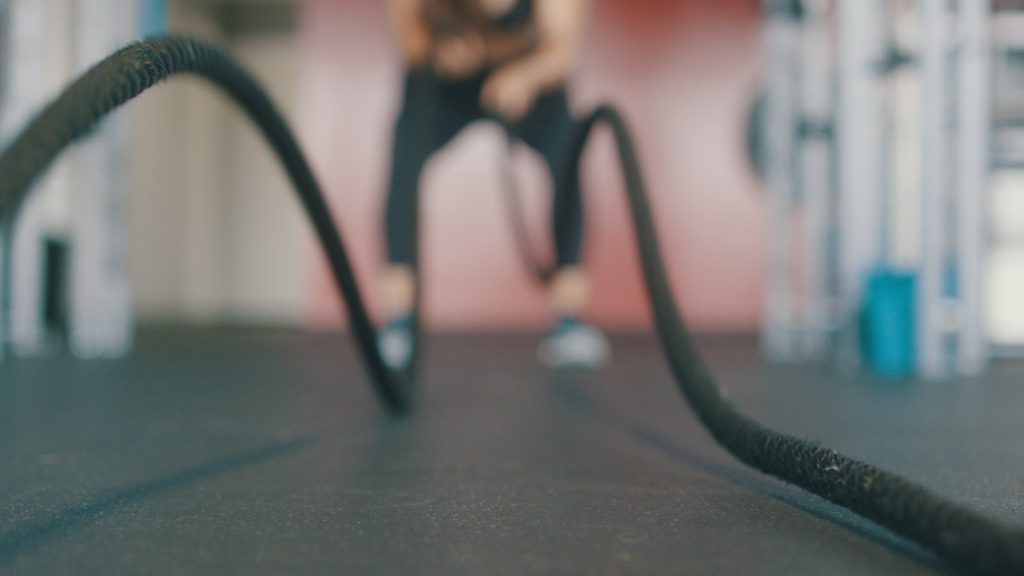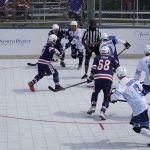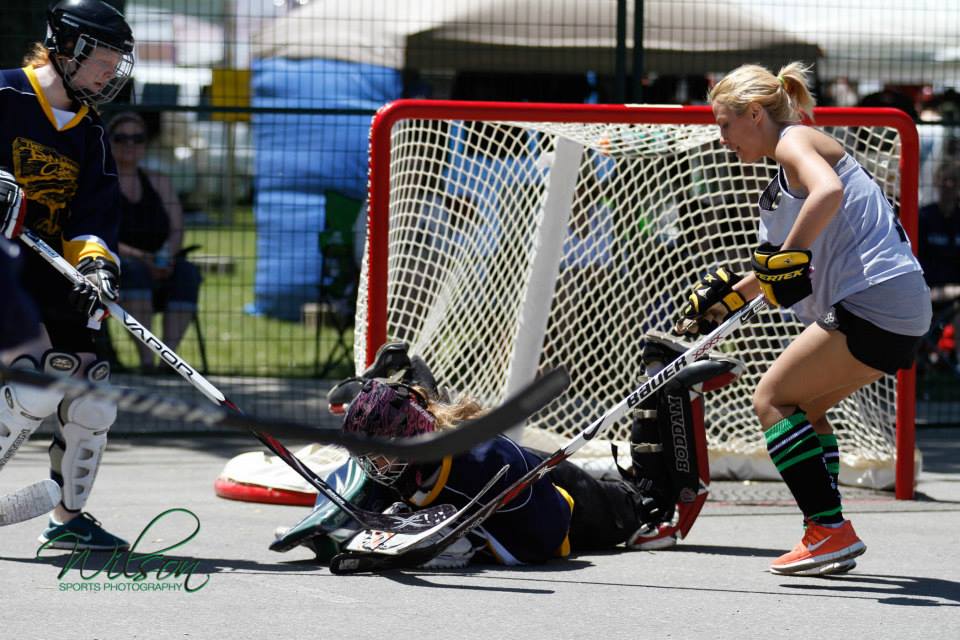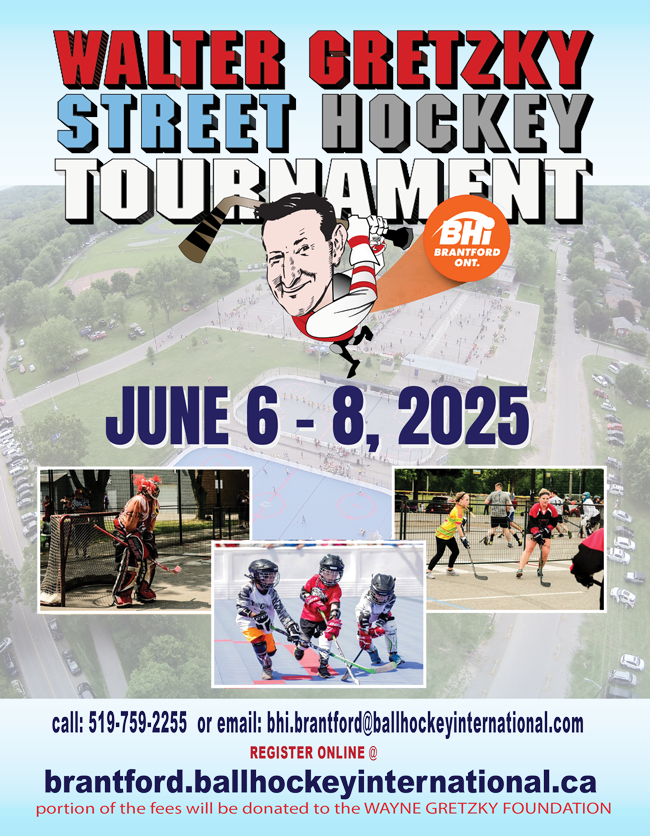When it comes to ball hockey, speed and agility are game-changers. Whether you’re racing to win puck battles or making quick cuts to outmaneuver an opponent, enhancing these physical attributes can give you the competitive edge. Below, we’ll cover some essential tips and exercises to help you increase your speed and agility on the rink.
Why Speed and Agility Matter
Speed and agility aren’t just for offense—they’re critical on defense too. Players who are quick on their feet can transition from defense to offense seamlessly, maintain proper positioning, and create scoring opportunities. Agility also plays a key role in injury prevention, as being able to change direction quickly with control reduces strain on the joints.
Tips for Developing Speed and Agility
1. Warm-Up Properly
Before you hit the rink, take time to warm up your muscles and joints. Dynamic stretches such as leg swings, lunges, and high knees can increase blood flow and improve flexibility, setting you up for peak performance.
2. Focus on Proper Form
Efficient movement begins with good technique. When sprinting, keep your head up, drive your knees forward, and use your arms to generate momentum. For lateral movements, stay low, keep your core tight, and push off explosively with your lead leg.
3. Enhance Core Strength
A strong core stabilizes your body and improves balance during quick cuts and turns. Incorporate core exercises such as planks, Russian twists, and bicycle crunches to build the foundation you need.
Exercises to Improve Speed and Agility
1. Sprint Intervals
- Why: Improves acceleration and top-end speed.
- How: Perform short sprints (10-30 meters) at maximum effort with 30-60 seconds of rest in between. Gradually increase sprint distances over time.
2. Cone Drills
- Why: Enhances quick direction changes and lateral movement.
- How: Set up cones in various patterns (zigzag, T-drills, or box drills) and practice moving around them as quickly as possible.
3. Ladder Drills
- Why: Boosts foot speed, coordination, and agility.
- How: Use an agility ladder and perform drills such as high knees, lateral shuffles, and in-out footwork patterns.
4. Resistance Band Training
- Why: Develops explosive power and resistance to fatigue.
- How: Attach resistance bands to your waist and perform sprints, lateral slides, and backward runs to simulate game-like resistance.
5. Plyometric Exercises
- Why: Builds explosive power for quick starts and stops.
- How: Include box jumps, broad jumps, and single-leg hops in your routine to improve lower-body explosiveness.
6. Skater Lunges
- Why: Mimics the lateral movements seen in ball hockey.
- How: Jump side to side in a skater motion, landing softly on each foot. Aim for controlled movements to engage your glutes and legs effectively.
Recovery and Rest
Recovery is just as important as training. Incorporate rest days, foam rolling, and stretching into your routine to help muscles recover and prevent injuries. Nutrition and hydration also play a crucial role—be sure to fuel your body with protein, carbohydrates, and plenty of fluids.
Mental Agility for On-Rink Success
Physical speed and agility are essential, but don’t overlook the mental aspect of the game. Quick decision-making, anticipation, and spatial awareness can make you feel faster and more effective on the rink. Drills like situational scrimmages and reaction-based exercises can help sharpen this side of your game.
Sample Weekly Training Plan
| Day | Focus Area | Key Exercises |
|---|---|---|
| Monday | Speed and Core | Sprint intervals, planks |
| Tuesday | Agility and Footwork | Ladder drills, cone drills |
| Wednesday | Rest/Recovery | Stretching, light cardio |
| Thursday | Power and Explosiveness | Plyometrics, skater lunges |
| Friday | Game Simulation | Small-sided games, scrimmage |
| Saturday | Strength Training | Resistance bands, core work |
| Sunday | Rest | Foam rolling, hydration |
Conclusion
Improving your speed and agility requires consistent effort, but the payoff is worth it. By incorporating these exercises and tips into your training routine, you’ll see noticeable improvements in your on-rink performance. Remember, practice smart, stay disciplined, and always give yourself time to recover. With dedication, you’ll be blazing past opponents and dominating the game in no time!





